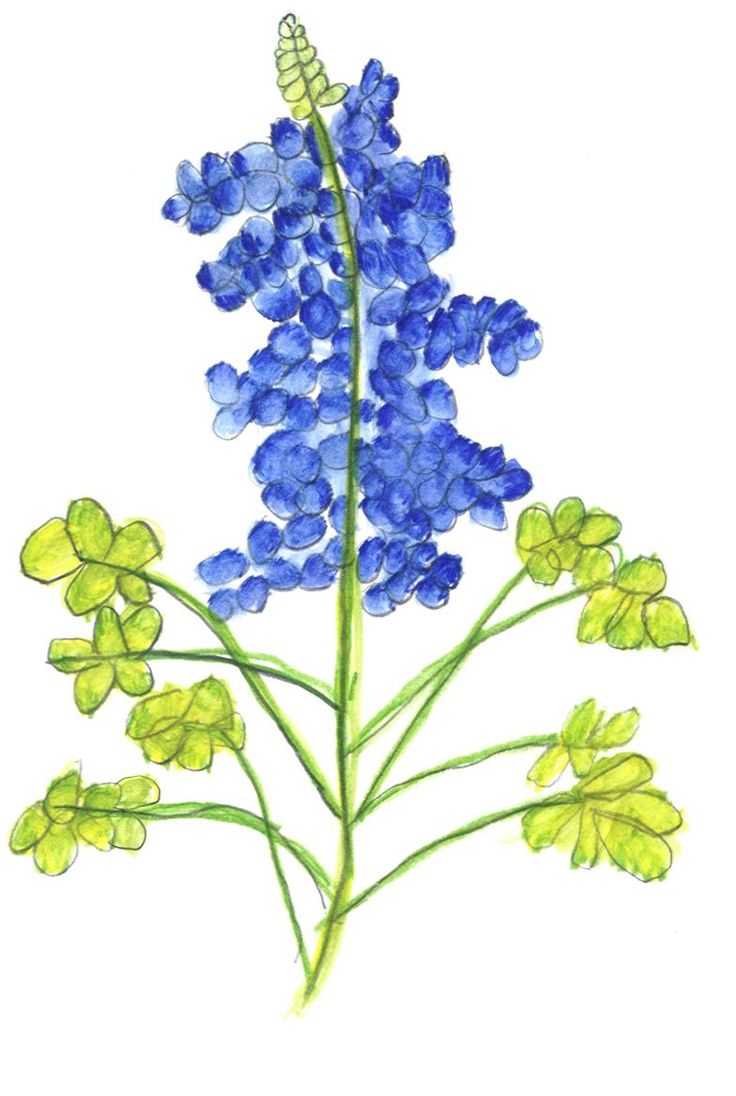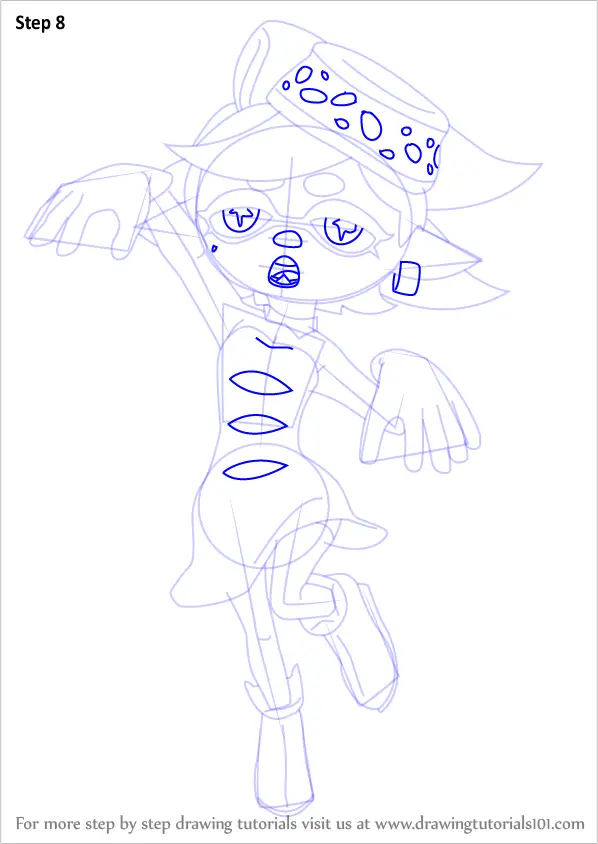Drawing texas bluebonnet flower kids state draw blue learn bluebonnets bonnet cards note create water use color getdrawings holmes jennifer
Table of Contents
Table of Contents
If you’re looking to learn how to draw a bluebonnet easy, then you’ve come to the right place! Bluebonnets are a beautiful type of wildflower that can be found in many areas of the United States. They are known for their vibrant blue color and unique shape, making them a popular subject for artists of all skill levels. In this article, we will teach you how to draw a bluebonnet easy, step-by-step.
Pain Points of Drawing a Bluebonnet
Drawing a bluebonnet can seem intimidating if you don’t know where to start. You may not know how to capture the unique shape of the flower, or how to shade and color it to make it look realistic. Additionally, if you’re a beginner artist, you may lack the confidence to attempt a subject that you’re not familiar with. But don’t worry - with a little guidance, anyone can learn how to draw a bluebonnet easy!
Answering the Target: How to Draw a Bluebonnet Easy
To start drawing a bluebonnet, you will need a few basic supplies, including a pencil, eraser, paper, and colored pencils or markers (optional). Begin by drawing a small circle in the center of your paper. This will be the center of your flower.
Next, draw five long, thin teardrop shapes surrounding the center circle. These will be the petals of your flower. The petals should radiate outwards from the center circle, with the sharp end of each petal pointing away from the center.
Once you have drawn the basic shape of your bluebonnet, start adding in small details. Draw a few curved lines inside the circle to give the flower some dimension. Then, add some small details to the petals, such as lines or dots.
Finally, you can shade in your flower using colored pencils or markers. Use a darker shade of blue for the center circle and a lighter shade for the petals. You can also add some green for the stem and leaves, and a little bit of yellow or white for highlights.
Summary of Main Points
To draw a bluebonnet easy, start with a basic circle and teardrop shapes, add in details, and finish with shading and color. Don’t be afraid to experiment with different colors and shading techniques to make your bluebonnet unique.
Targeting How to Draw a Bluebonnet Easy
When I first started drawing, I was intimidated by the idea of creating realistic-looking flowers. But with a little practice and guidance, I learned that anyone can draw a bluebonnet easy! The key is to start with a basic shape, and then gradually add in details and colors. Don’t be afraid to make mistakes - they are a natural part of the learning process. With each drawing, you’ll get better and more confident in your abilities.
How to Shade a Bluebonnet
Shading is an important part of making your bluebonnet look realistic. To shade your flower, start by adding some darker blue to the center circle, and a lighter shade to the edges of the petals. Then, use a blending tool or your finger to blend the colors together, creating a smooth transition. For added dimension, you can also add some darker shading to the creases between the petals, and lighter shading to the areas where the petals curve upwards.
Different Shades of Bluebonnets
While blue is the most common color for bluebonnets, you can also experiment with different shades and combinations. For example, you could draw a bluebonnet with purple or pink petals, or add some white or yellow to create a variegated effect.
Drawing a Field of Bluebonnets
If you want to draw a larger scene, such as a field of bluebonnets, start by drawing the basic shapes of each flower as described above. Then, gradually add more flowers and stems, making sure to vary the height and placement of each bluebonnet to make the scene look natural.
Question and Answer Section
Q: Can I draw a bluebonnet without color?
A: Yes! If you prefer a simpler look, you can draw a bluebonnet using only pencil. You can add shading by using different shades of grey, or by using crosshatching or stippling techniques.
Q: What’s the best way to practice drawing bluebonnets?
A: The best way to practice is to start small and work your way up. Begin by drawing a single bluebonnet, and then try drawing a larger scene with multiple flowers. You can also practice by looking at real bluebonnets or photos for reference.
Q: Do I need to use colored pencils or markers?
A: No, you can draw a bluebonnet using just pencil if you prefer. Colored pencils or markers can add vibrancy and depth, but they are not necessary.
Q: Can I use a different type of flower instead of a bluebonnet?
A: Absolutely! While bluebonnets are a beautiful subject to draw, you can also experiment with drawing other types of flowers or plants. The basic principles of drawing remain the same, regardless of the subject.
Conclusion of How to Draw a Bluebonnet Easy
Drawing a bluebonnet easy is a fun and rewarding activity for artists of all skill levels. With a little practice and guidance, anyone can learn to capture the beauty and uniqueness of this beloved wildflower. By following the steps outlined in this article, you will be well on your way to creating your own stunning bluebonnet drawings. So grab your pencils and paper, and let’s get drawing!
Gallery
Blue Bonnet Drawing At GetDrawings | Free Download

Photo Credit by: bing.com / bluebonnet drawing blue bonnet bluebonnets coloring designs template draw drawings sketch getdrawings pages larger quilt thing
How To Draw A Bluebonnet Easy At How To Draw

Photo Credit by: bing.com /
Pin On Drawing Tutorials Step-by-step

Photo Credit by: bing.com / bluebonnet bluebonnets wikihow bonnets daycare
Bluebonnet Drawing At GetDrawings | Free Download

Photo Credit by: bing.com / drawing bluebonnets bluebonnet getdrawings
Bluebonnet Drawing At GetDrawings | Free Download

Photo Credit by: bing.com / drawing texas bluebonnet flower kids state draw blue learn bluebonnets bonnet cards note create water use color getdrawings holmes jennifer





